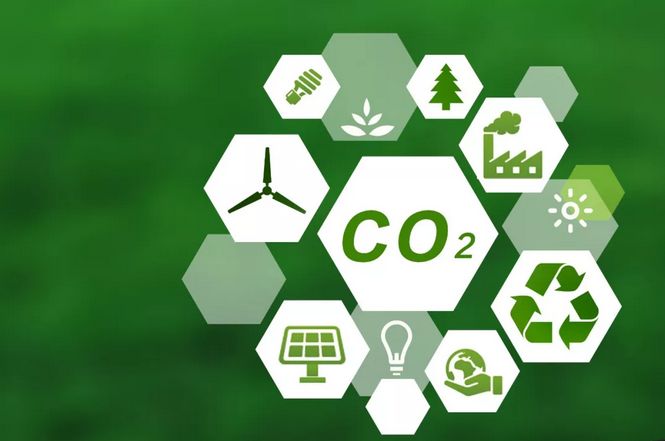CCUS technology can deeply empower a variety of fields. In the field of energy and power, the combination of "thermal power +CCUS" is highly competitive in the power system and can achieve a balance between low-carbon development and power generation efficiency. In the industrial field, CCUS technology can stimulate the low-carbon transformation of many high-emission and difficult-to-reduce industries, and provide technical support for the industrial upgrading and low-carbon development of traditional energy-consuming industries. For example, in the steel industry, in addition to the use and storage of captured carbon dioxide, it can also be directly used in the steelmaking process, which can further improve the efficiency of emission reduction. In the cement industry, carbon dioxide emissions from the decomposition of limestone account for about 60% of the total emissions of the cement industry, carbon capture technology can capture the carbon dioxide in the process, is a necessary technical means for the decarbonization of the cement industry. In the petrochemical industry, CCUS can achieve both oil production and carbon reduction.
In addition, CCUS technology can accelerate the development of clean energy. With the explosion of hydrogen energy industry, fossil energy hydrogen production and CCUS technology will be an important source of low hydrocarbon for a long time in the future. At present, the annual output of the seven hydrogen production plants transformed by CCUS technology in the world is as high as 400,000 tons, which is three times that of the hydrogen production of electrolytic cells. It is also expected that by 2070, 40% of the world's low hydrocarbon sources will come from "fossil energy +CCUS technology".
In terms of emission reduction benefits, CCUS 'negative carbon technology can reduce the overall cost of achieving carbon neutrality. On the one hand, CCUS 'negative carbon technologies include biomass energy-carbon capture and storage (BECCS) and direct air carbon capture and storage (DACCS), which directly capture carbon dioxide from the biomass energy conversion process and the atmosphere, respectively, to achieve deep decarbonization at lower cost and higher efficiency, reducing the explicit cost of the project. It is estimated that the deep decarbonization of the power sector through biomass energy-carbon capture (BECCS) technology and air carbon capture (DACCS) technology will reduce the total investment cost of systems led by intermittent renewable energy and energy storage by 37% to 48%. On the other hand, CCUS can reduce the risk of stranded assets and reduce hidden costs. Using CCUS technology to transform the relevant industrial infrastructure can realize the low-carbon utilization of fossil energy infrastructure and reduce the idle cost of facilities under the constraint of carbon emissions.

Post time: Aug-09-2023






